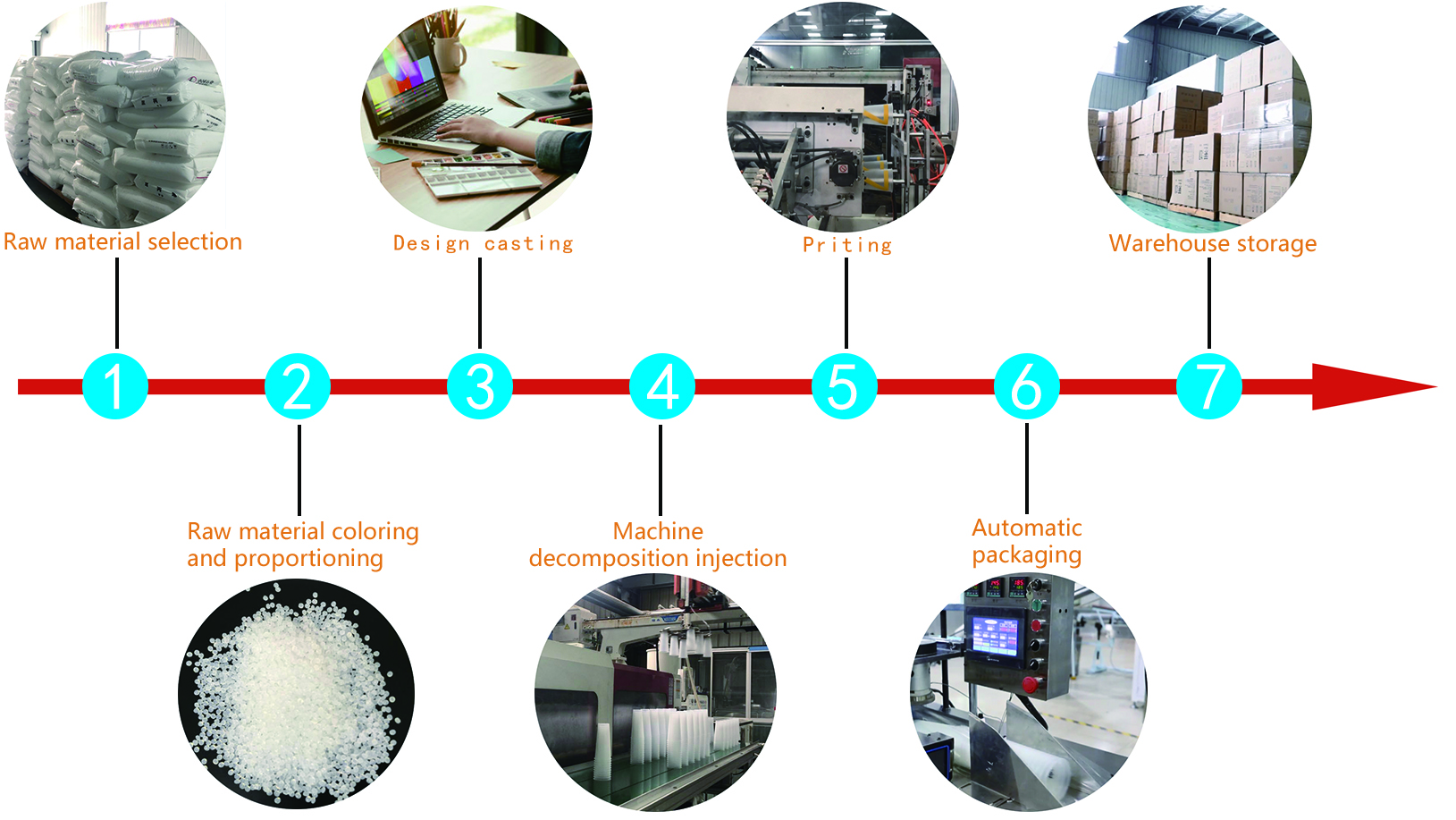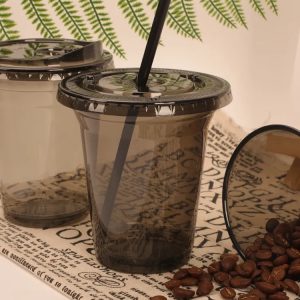Plastic Coffee Cups: Anchoring a Sustainable Legacy
Introduction:
Plastic coffee cups have taken on the role of anchoring a sustainable legacy in the coffee industry. Recognizing the urgent need for environmental stewardship, these cups have committed to a transformative journey towards sustainability. Like steadfast anchors, they are grounding the industry in eco-friendly practices, responsible choices, and collaborative efforts. This article delves into how plastic coffee cups are anchoring a sustainable legacy, leaving a positive imprint on the environment and inspiring a more conscious coffee culture.
1. Eco-Friendly Anchors of Change:
As plastic coffee cups anchor their sustainable legacy, they embody eco-friendly materials and practices. Manufacturers prioritize sustainable sourcing, opting for biodegradable or compostable materials that do not harm the environment. Like steadfast anchors holding firm, these cups reduce their ecological impact, safeguarding marine life and ecosystems.
2. Securing Sustainability with Circular Principles:
Plastic coffee cups secure sustainability by embracing circular economy principles. Designed for recyclability and reusability, they create a closed-loop system that minimizes waste. By adopting circular practices, they act as anchors that ensure resources are conserved and single-use plastics are kept out of landfills and oceans.
3. Responsible Anchors for Reusable Culture:
A sustainable legacy for plastic coffee cups is anchored in a responsible and reusable culture. These cups advocate for the use of reusable alternatives, inspiring consumers to adopt eco-friendly options. By encouraging responsible choices, they become anchors of change, reducing the dependence on disposable cups and mitigating plastic pollution.
4. Steadfast Innovators Driving Progress:
Plastic coffee cups anchor their legacy as steadfast innovators, driving progress towards sustainability. Manufacturers invest in research and development, exploring advanced materials and production techniques that minimize their environmental footprint. These innovations act as anchors that steer the industry towards greener waters.
5. Collaborative Anchorage for Collective Impact:
Anchoring a sustainable legacy requires collective efforts. Plastic coffee cups collaborate with businesses, environmental organizations, and governments to make a lasting impact. By anchoring together, they create a unified front, amplifying their positive influence on sustainable practices and policies.
6. Educating as Beacons of Knowledge:
Education acts as guiding beacons for plastic coffee cups in their pursuit of a sustainable legacy. They raise awareness about the consequences of single-use plastics and advocate for informed consumer choices. Through education, they serve as guiding lights, illuminating the path towards a more conscious and environmentally responsible coffee culture.
Conclusion:
Plastic coffee cups anchor a sustainable legacy through eco-friendly practices, circular economy principles, reusable advocacy, innovation, collaboration, and education. Like steadfast anchors, they hold the coffee industry firmly to the course of sustainability. As we raise our coffee cups in admiration, let us join them in anchoring a sustainable legacy, fostering a future where the coffee culture embraces environmental stewardship. Together, with plastic coffee cups as our anchors, we can create a lasting positive impact, leaving a greener and healthier world for generations to come.















